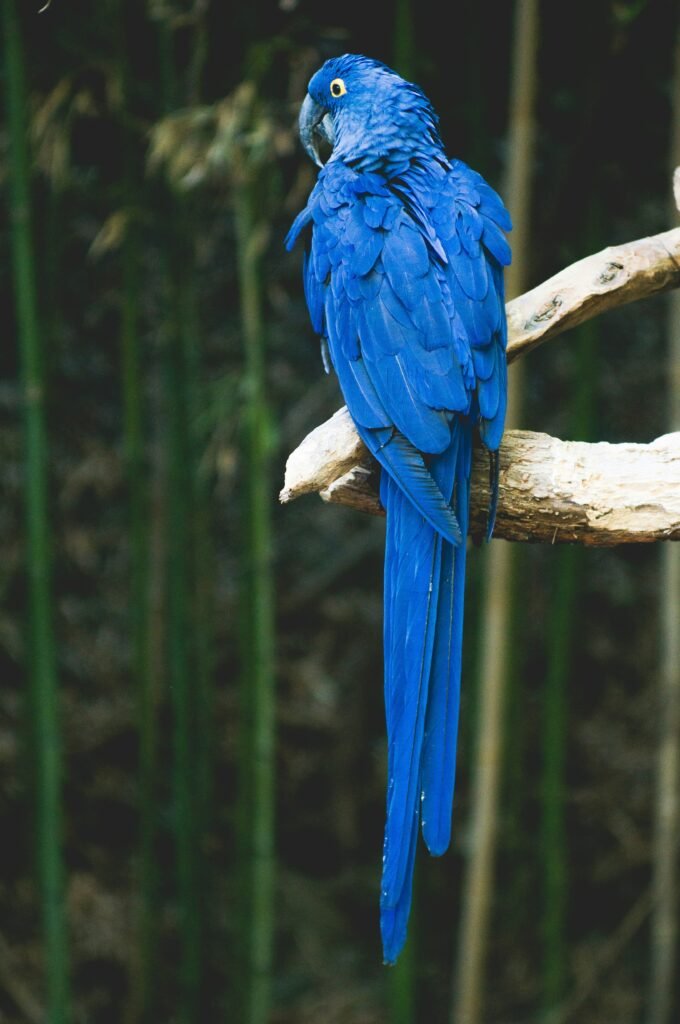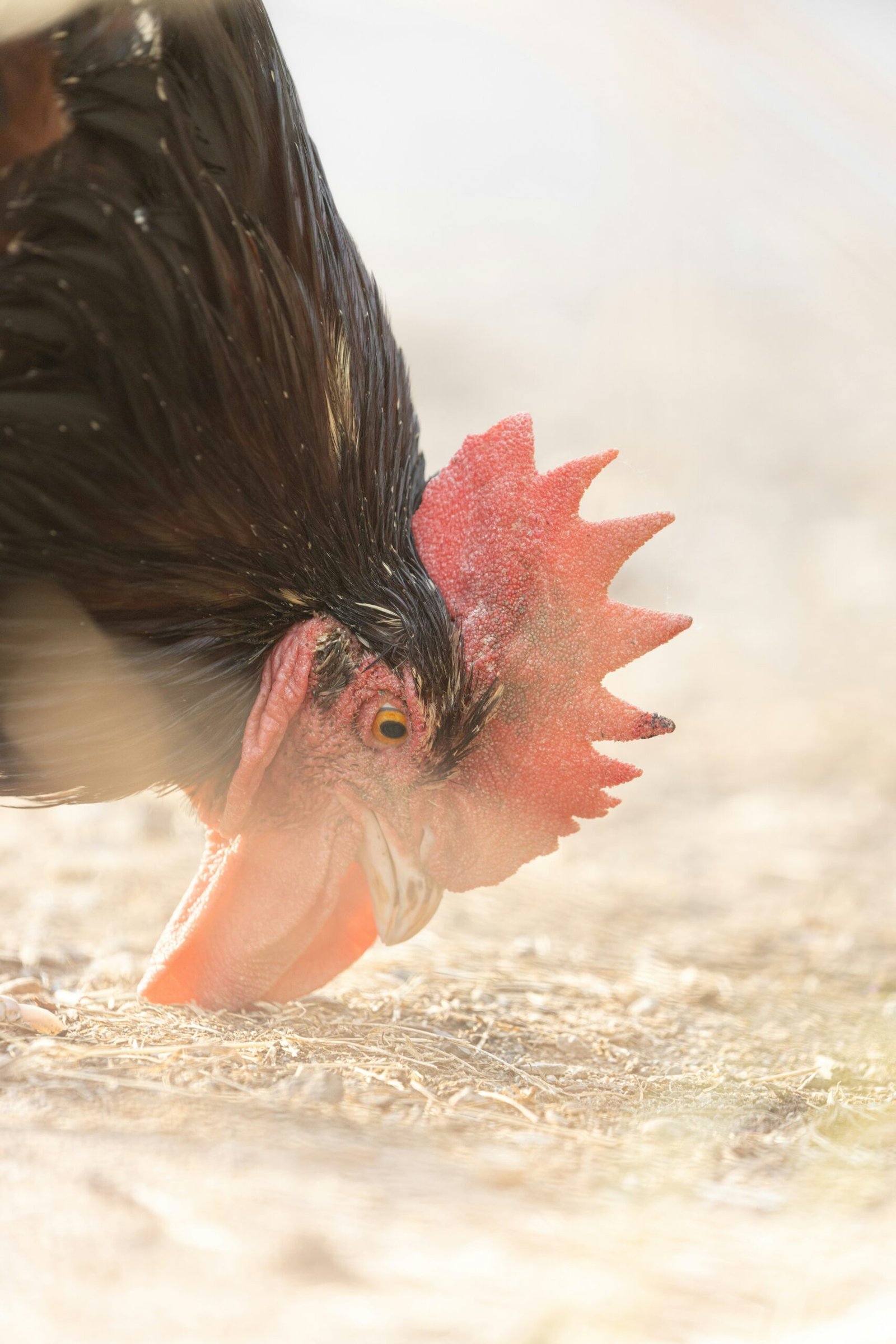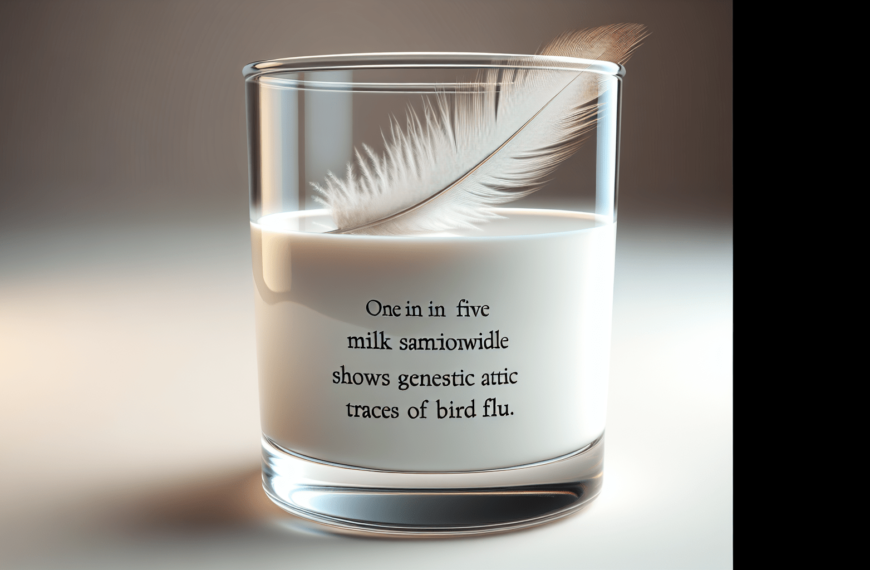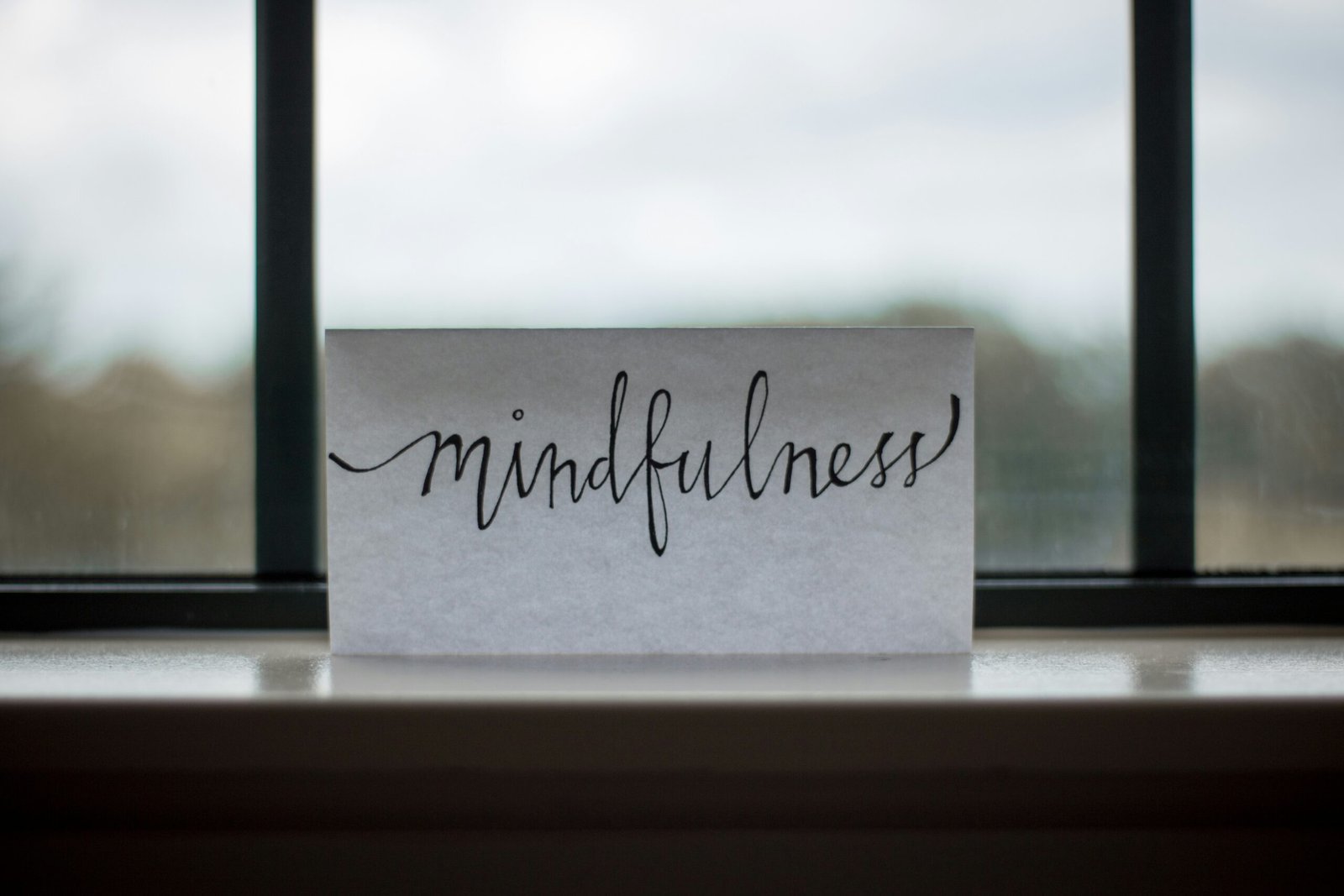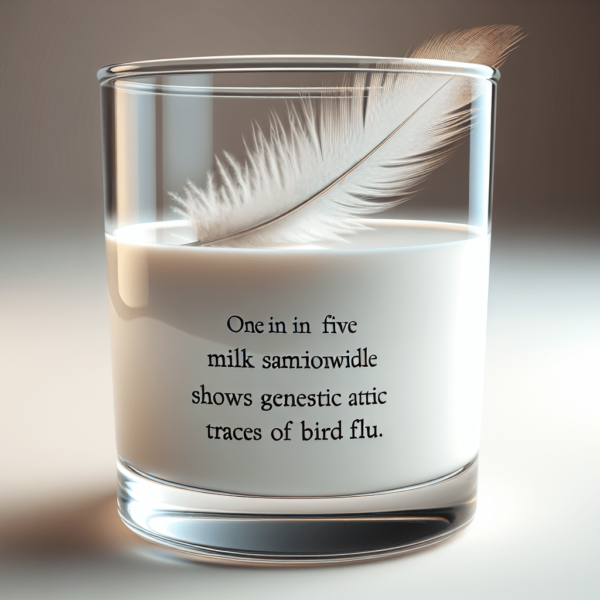New Yorkers, it’s time to take a step back if you encounter a sick or unusual behaving bird or animal. A recent study has found that the bird flu virus, H5N1, is present in some New York City birds. While this discovery is not entirely surprising, as the virus has been found in migratory birds, wild animals, and even dairy cows, it serves as a reminder that urban areas are not exempt from zoonotic diseases. With the extensive interface between wild animals and humans in cities, it’s important to be aware of the situation and take necessary precautions. While there is no reason to panic, the Centers for Disease Control and Prevention has urged healthcare providers to be vigilant for signs of bird flu infection.
Heading 1: Introduction
Welcome to our comprehensive article on the presence of the H5N1 virus in New York City birds. In this article, we will explore the implications of this discovery and its impact on both humans and animals. With the recent warning from the Centers for Disease Control and Prevention, it’s important to be aware of the potential risks and take necessary precautions. So, let’s delve into the details and learn more about the presence of the H5N1 virus in New York City.
Heading 2: The Presence of H5N1 Virus in New York City Birds
A recent study conducted by researchers at the Icahn School of Medicine at Mount Sinai in New York has revealed that the H5N1 virus, commonly known as bird flu, is present in at least some small fraction of New York City birds. Although not entirely surprising, this finding serves as a reminder that urban spaces are not exempt from zoonotic diseases. The presence of H5N1 in the city highlights the interface between wild animals and humans that exists in urban environments.
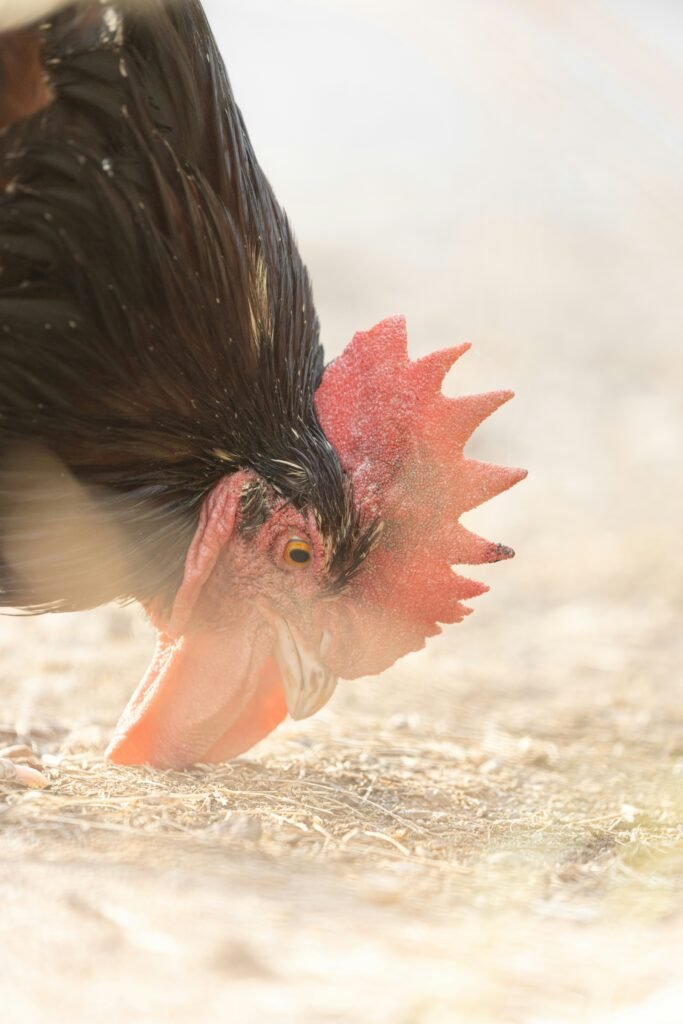
Heading 3: Zoonotic Diseases in Urban Settings
Zoonotic diseases are those that can be transmitted from animals to humans. While people often associate these diseases with rural settings, farms, or the wilderness, it’s important to recognize that urban areas also provide habitats for a variety of wildlife. New York City, with its green spaces and bodies of water, serves as a home to migratory and local birds, creating an extensive interface between wild animals and humans. This interface increases the risk of zoonotic diseases and highlights the need for awareness and precautions.
Heading 4: Interface Between Wild Animals and Humans in Cities
As mentioned earlier, the interface between wild animals and humans is prevalent in cities, including New York City. The presence of migratory and local birds in urban environments creates opportunities for interactions between humans and wildlife. Green spaces and bodies of water in the city serve as essential habitats for these animals. While these interactions can be enjoyable and provide opportunities for observation, it’s essential to maintain awareness of the potential risks associated with zoonotic diseases.
Subheading: Risk Factors in Urban Environments
Several factors contribute to the interface between wild animals and humans in cities, increasing the risk of zoonotic diseases. These factors include:
-
Habitat Loss: Urbanization often leads to the destruction of natural habitats, forcing wildlife to adapt and seek new environments, including cities.
-
Food Availability: Urban areas can provide a readily available source of food for many animals, attracting them to populated areas.
-
Waste Management: Improper waste management in urban environments can attract animals looking for food, further increasing contact between wildlife and humans.
-
Urban Agriculture: The rise of urban agriculture, such as rooftop gardens or community plots, can bring humans and animals into close proximity, increasing the risk of disease transmission.
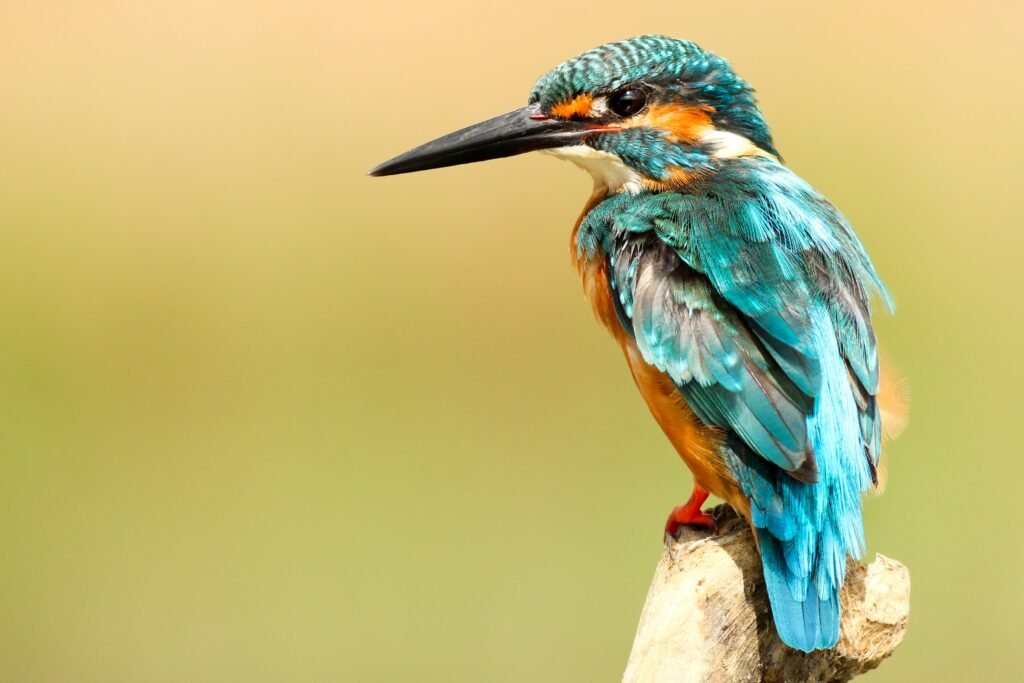
Heading 5: Awareness and Precautions
In light of the presence of the H5N1 virus in New York City birds, it is crucial to raise awareness and take necessary precautions to minimize the risk of disease transmission. Here are some important steps you can take:
-
Avoid Direct Contact: Do not touch sick or dead birds or any animals exhibiting strange behavior. Keep yourself and your pets at a safe distance.
-
Basic Hygiene Practices: Practice good hygiene, such as washing your hands thoroughly with soap and water after handling animals or coming into contact with their droppings.
-
Birdfeeders and Birdbaths: Regularly clean and disinfect birdfeeders and birdbaths to minimize the spread of diseases among birds.
-
Reporting Sick or Dead Birds: If you come across a sick or dead bird, report it to local authorities or relevant wildlife organizations for evaluation and proper handling.
Heading 6: Warning from the Centers for Disease Control and Prevention
The Centers for Disease Control and Prevention recently issued a warning to healthcare providers to remain vigilant and watch for signs of bird flu infection. While only two cases of H5N1 infection in humans have been reported in the United States, it’s important to stay informed and take necessary precautions to prevent the spread of the virus.
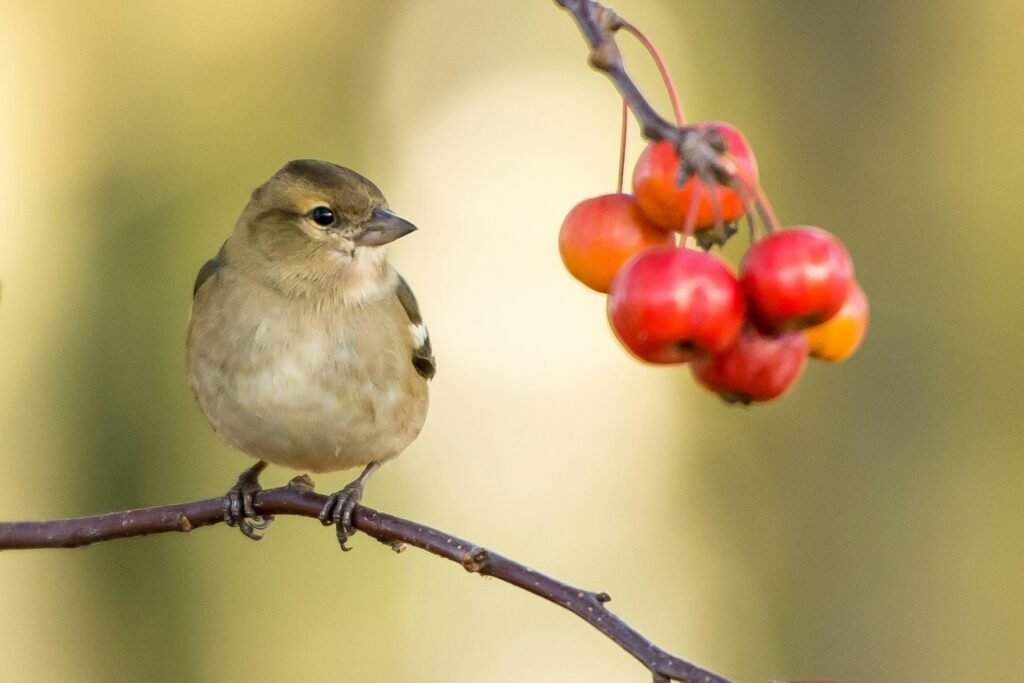
Heading 7: Previous Cases of Bird Flu Infections in the US
The presence of the H5N1 virus in New York City birds is not the first instance of bird flu infections in the United States. In the past, there have been outbreaks of avian influenza in both poultry and wild birds. These outbreaks highlight the potential for disease transmission between birds and humans, emphasizing the importance of surveillance and proactive measures to prevent further spread.
Heading 8: Impact of H5N1 Virus on Animals
The H5N1 virus not only poses a threat to humans but also has a significant impact on animals. Outbreaks of bird flu have been observed in various animal species, including mink, foxes, and marine mammals. In some cases, these outbreaks have resulted in mass mortalities, causing immense ecological and economic consequences. It is crucial to monitor and prevent the spread of the virus to protect both human and animal populations.
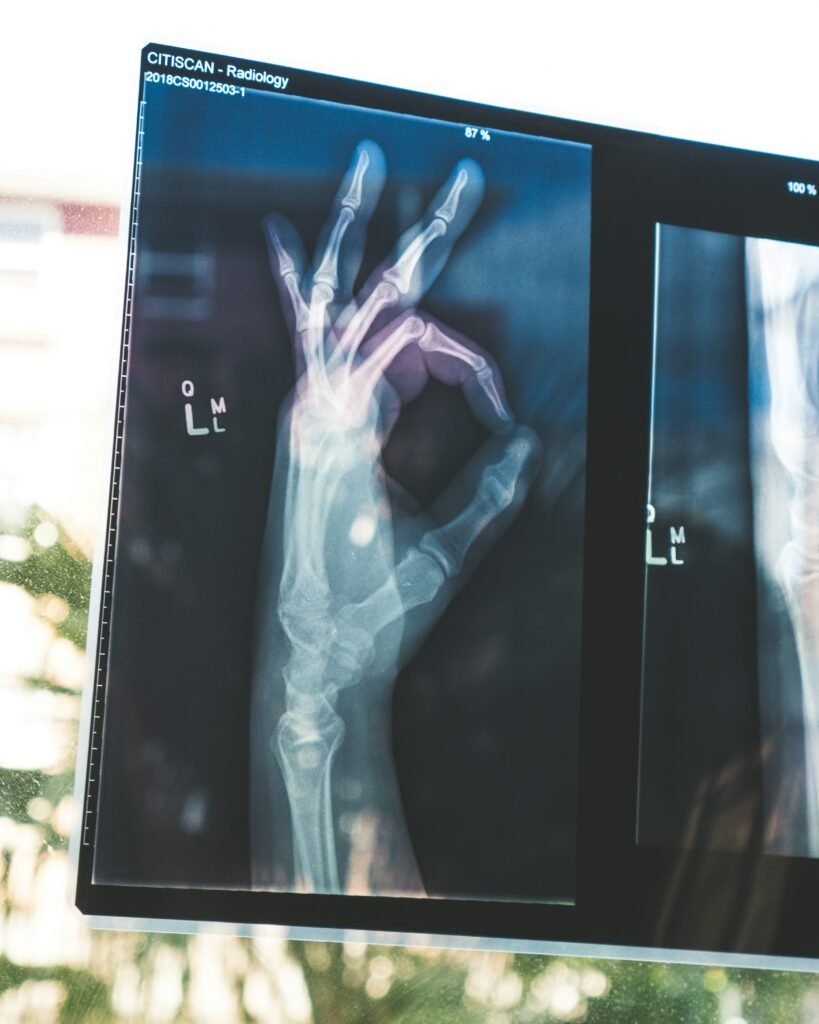
Heading 9: Global Spread of the H5N1 Virus
The H5N1 virus has spread globally, impacting numerous countries across different continents. Migratory birds play a significant role in the spread of the virus, as they can carry and transmit it over long distances. Monitoring the spread of H5N1 and implementing strict surveillance measures are essential to prevent further transmission and mitigate the risks associated with this highly pathogenic virus.
Heading 10: Conclusion
In conclusion, the presence of the H5N1 virus in New York City birds serves as a reminder that zoonotic diseases can exist in urban environments. The interface between wild animals and humans in cities increases the potential for disease transmission. By raising awareness, practicing basic hygiene, and reporting sick or dead birds, we can take essential precautions to minimize the risk of H5N1 transmission. The warning from the Centers for Disease Control and Prevention emphasizes the need for vigilance and proactive measures to protect both human and animal populations. By working together, we can mitigate the spread of zoonotic diseases and safeguard our communities.
